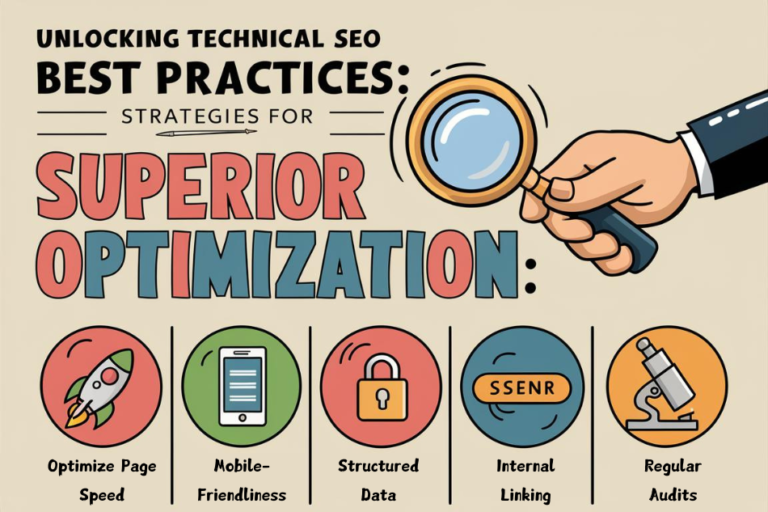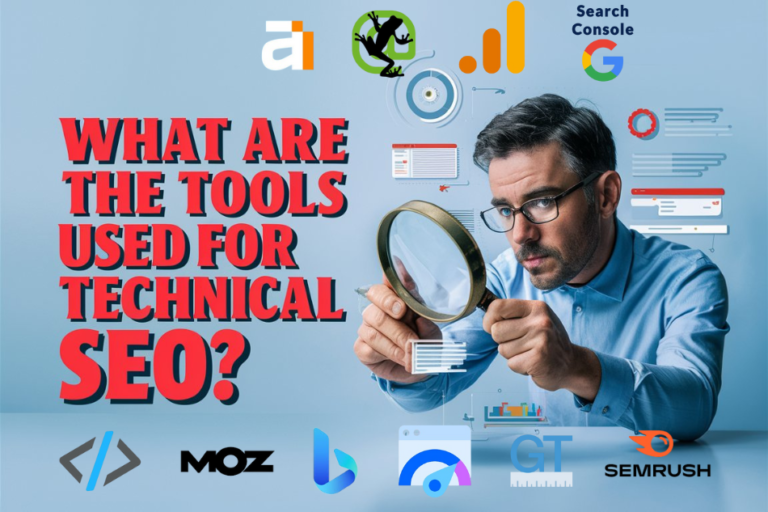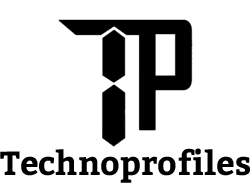What is Technical SEO? Best Practices and Checklist

Table of ContentsToggle Table of ContentToggle
What is Technical SEO?

Why Dose Technical SEO Matters?
What is Technical SEO really about? Technical SEO assures search engines can easily crawl, index,& understand your web page. Without completing this technical SEO , the most powerful content can be lost in this digital noise of the contents. An effective SEO optimization checklist guarantees that absolutely nothing critical from the technical elements is allowed to slip through the net. With these optimising techniques, you are improving the website performance & not just checking the list.
With the technical SEO audit checklist, this only gives you a review of the technical health of the websites. This helps to improve the speed of the website & to identify the broken links. This slows the loading speed of the site. Following some of these tips will improve the performance. This will smooth the running, & the technical details are managed correctly with practice.
The Power of Technical SEO: Why It’s a Game Changer
Technical SEO is the real magic that will eventually put an average website on par with a power player in the hustle and bustle of digital marketing. Now, what really makes this behind-the-scenes hero such a game changer? Let’s break your curiosity now and discover the online success of the website. This is with the help of Technical SEO that improves the performance & visibility. The checklist of SEO allows to do proper SEO tech, & the site should not be to the other face in the digital crowd but a better performer in this crowd. The globe in this hyper-digitalized world. Technical SEO is just a game changer in terms of unlocking your site’s potential. It is the key to real online success.
The Main Key Components of Technical SEO
Site Speed:
Mobile Optimization:
URL Structure:
Secure Sockets Layer (SSL):
Essential Technical SEO Checklist for Peak Performance
Navigating Crawling and Indexing: Unlocking Search Engine Potential
Unlocking Technical SEO Best Practices: Strategies for Superior Optimization

Improve the Page Speed:
Mobile Friendliness:
Structured Data:
Site Security:
URL Structure:
URL Form:
Creating the friendly URLs so that users understand them and the search engine can optimize them. A well-structured URL should, therefore, be descriptive and contain target keywords. The aim is that SEO is boosting the tech strategy to improve the experience & search engine indexing.
Internal Linking:
Regular Audits:
The Advanced Technical SEO Techniques
What Are the Tools Used for Technical SEO?

Google Search Console:
Google Analytics:
Screaming Frog SEO Spider:
Ahrefs:
SEMrush:
SEMrush is an integrated set of tools for website auditing and keyword tracking as well as competitive research. It defines critical issues, even the base models relating to such problems as site speed or crawling errors, which help create further insights within the optimization checklist.
GTmetrix:
GTmetrix works for page speed and performance and gives actionable recommendations for improvement. You can use this as a way to achieve the desired benchmark set in your SEO audit checklist. It is critical because it helps in yielding performance issues, which is a core deliverable for any Technical SEO strategy.
Moz Pro:
Moz Pro provides various tools for auditing the site, like keyword tracking & backlink analysis. It offers technical SEO features such as finding on-site issues and tracking progress. This thus becomes instrumental to an individual’s efforts for a technical SEO checklist or SEO checklists.
PageSpeed Insights:
Sitebulb:
Bing Webmaster Tools:
Common SEO Technical Mistakes to Be Avoided
Conclusion
About Author

Written By Aadil Hussain
Aadil Hussain, a senior web developer and technical content writer, has been developing custom projects for TechnoProfiles for 4+ years. His expertise lies in WordPress, Laravel, MERN, MEAN and custom web/app development.






